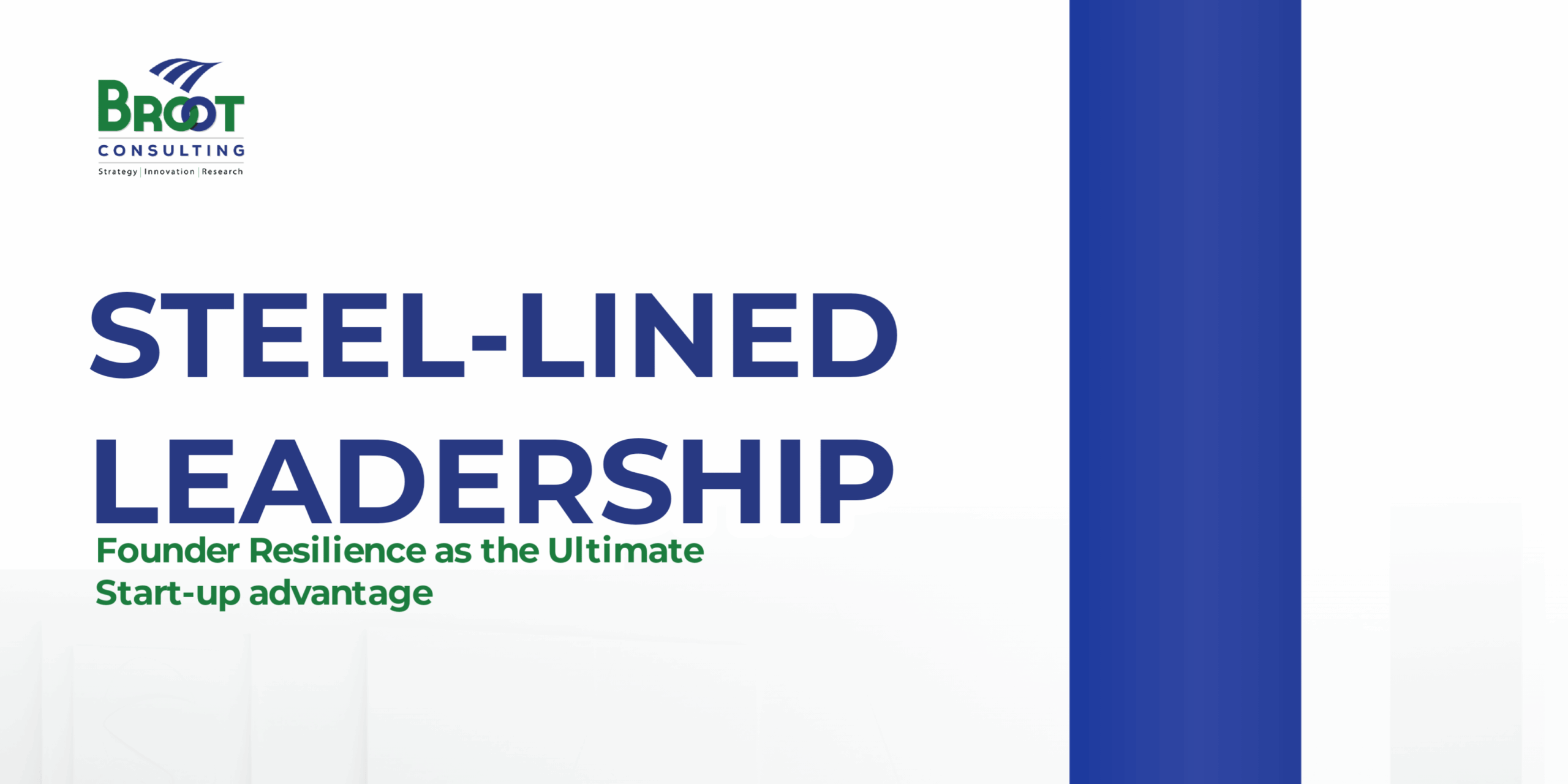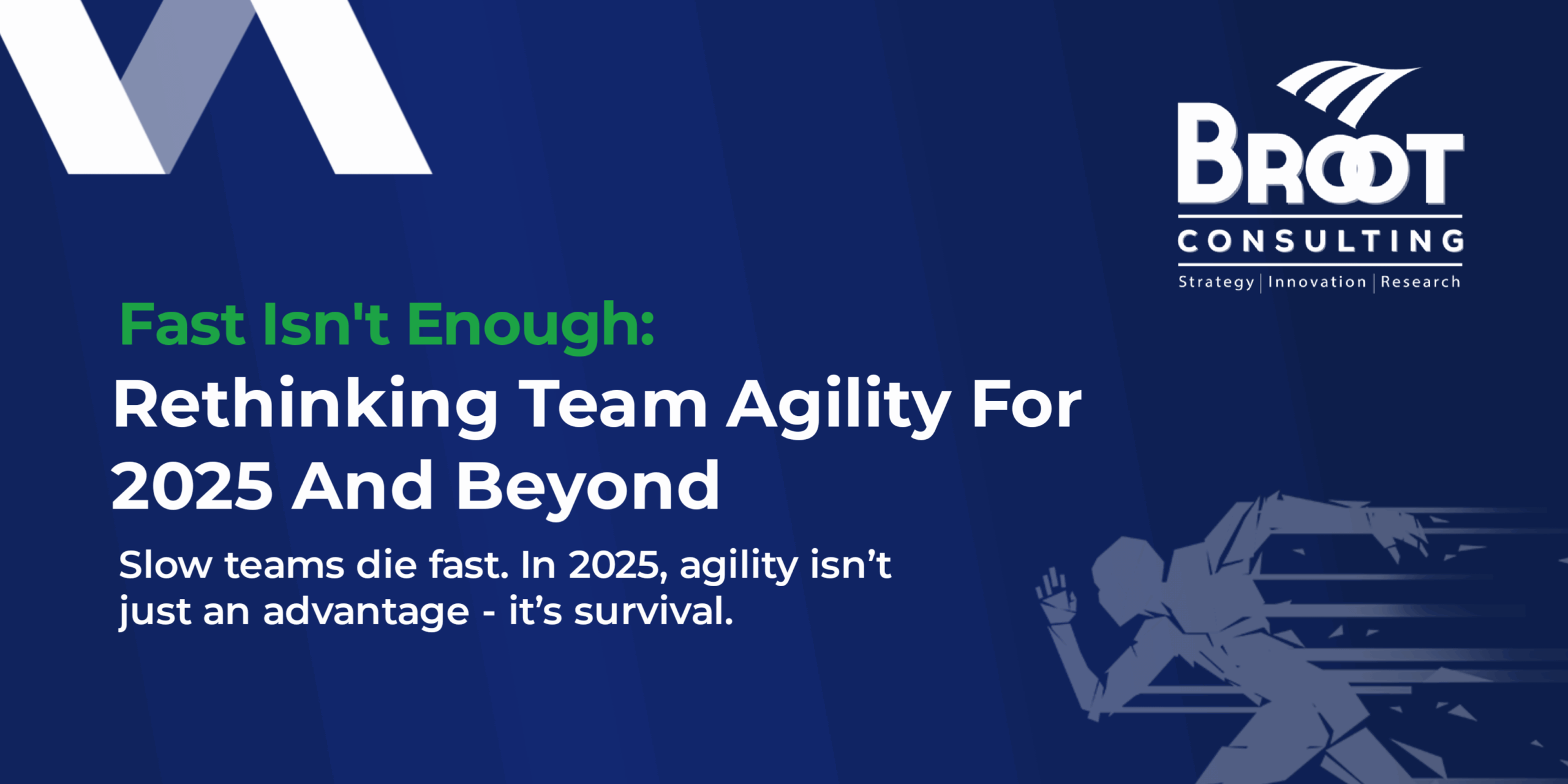Silos, turf wars, empire building are all toxic behaviours in organisations. Left unchecked, it can sometimes drive even the sanest crazy. Silos or unnecessary compartmentalisation is not an asset they are a cost and undermine potential and the ability to deliver on goals, drive innovation or change agenda. If you intend to drive change in your organisation or little corners, you might as well begin by dismantling the self-imposed silos and empires if your change program is to have a happy ending.
If a survey is conducted today, many individuals will have had frustrating experiences regarding the impact of silos on their performance. How can you achieve your change vision in a highly siloed environment? This is a question that was thrown at me while making a presentation on change management to a client. From the tone of the question, it was apparent that this executive is not trying to test our expertise, but it was a question that came from a real burden. Yes, they want to achieve transformation in some aspects of the organisation, however, there is misalignment of goals across units of the organisation whose leaders seem to only be concerned with what have direct bearings on the KPI. For this reason, they show a lack of interest in an enterprise-wide brainstorming session proposed by the HR department. They prefer their siloed world and bother less about what happens in another departments.
Doesn’t that experience sound familiar in your interaction with various departments and agencies?
Why hasn’t your change program worked in spite of various pronouncements, admonitions, and memos to get people to embrace the transformation? In his Book: “Silos, Politics and Turf war”, Patrick Lencioni pointed out that your initiatives only provoke cynicism among employees—who would love nothing more than to eliminate the turf wars and departmental politics that often make their work lives miserable.
To succeed in the VUCA world, organisational leadership must ask critical questions: what behaviours, mindset or culture do they need to change in other to get to the desired future states? What barriers, structures or systems need to be promoted or removed in other to achieve the change vision?
Recognising Silos and Turf Wars
Every transformation project usually involves enormous resources, countless hours, days, weeks, or months and hard-earned money spent (or wasted) trying to effect change. Why is it difficult to outwit the obstacles standing in their way of becoming more agile, collaborative and aligned?
Silos deprives organisations of strong collaboration and alignment, silos are artificial barriers that exist between individuals, departments, or divisions. Silos are anything that causes people to work against each other rather than work with each other. Office politics, silos and turf wars are bad for the organisation, the saddest part of it is that the players in this undesirable culture never realise its damaging effect until it becomes too late.
Turf wars can initially look sublime to the teams however as it eats deep into the organisation, they begin to act like cancer, left unchecked they will spell doom and leave a devastating impact on your change vision. When different departments in your organisation begin to fight over budget allocation and do lots of arm-twisting to get more than a fair share of the resources, personnel or lobby to gain control, or when a unit desire to win at all cost regardless of the impact on the overall performance of the company, or when there is no free flow of information and information becomes a critical asset and ammunition for power in the silo game, then your leadership style needs to be called to question.
Below are some of the conditions that breed silos, turf wars and empire building
Poor and conflicted Leadership: Silos in organisations is a direct reflection on leadership, it shows the quality of leadership at play and when silos and empire-building continue unabated, the leadership style should be called to question. Silos and empire-building are failures of leadership, if you want to know if silo exist in your organisation, watch the quality of interactions among the executives and the board, a divisive behaviour at top levels is a fertile ground for promotion and reinforcement silo mentality in the organisation.
Poor alignment and lack of shared understanding: Silo mentality thrives where there is vertical alignment and an absence of horizontal alignment of vision. An organisation’s mission is like a puzzle board, each individual, unit, or division must see themselves as a piece of that puzzle and understand their role and fit in the Puzzle board. If they don’t have this shared understanding every attempt to effect meaningful change will be met with contempt. It is therefore important that change managers have a vision puzzle board that explains how individual and unit fits into the whole scheme of the change vision.
Power play in Leadership: silo mentality most times are unconsciously designed by the organisational leadership, who because of power-play chose to erect some artificial barriers which eventually trickled down to their subordinates. The conflict in leadership may manifest itself in terms of policy and procedures that only serve and preserve the interest of their division to the detriments of others. In a bid to outwit one another attention is paid to an individual or departmental KPI thus leading to sub-optimal performance, inefficiencies, and lack of cross-functional solutions for the organisation.
Siloedand unhealthy loyalty: departmental rivalry is usually occasioned by interpersonal problems among the leaders or managers, an atmosphere of power-play facilitates divisions and camps and unnecessary loyalty to individuals, units, or departmental interest at the expense of the organisational wide interest. As Patrick Lencioni, most times silos do not occur because of what the executives are doing but because of what they fail to do: provide themselves and their employees with a compelling context for working together. A self-seeking and self-serving ambition of the executives usually calls for undue loyalty to self to the detriment of the collective interest of the organisation
What are the practical steps that you can take to remove or minimize silos in your organisation? The following are a few of the steps that will be of help in overcoming the challenges and achieving a unified workplace that enables the achievement of the vision for change
1. Build and Shared a Unified Vision:Patrick Lencioni in his book Silos, Politics and Turf Wars stated that “Silos – and the turf wars they enable – devastate organisations. They waste resources, kill productivity, and jeopardise the achievement of goals.” Most wars and powerplay happen at the leadership level but is also at this level that the change project begins, except the leaders go beyond powerplay, and build their subordinates around a unified vision, it would be difficult for such leadership to successfully steer the organisation on its change mission. The subordinates will only see the change program as an unnecessary show of power by a division against another. The unified vision must take into consideration the role of each of party, and it must demonstrate how they are all important in the scheme without which the vision will be meaningless.
2. Remove communication Barriers: ineffective communication or a deliberate hoarding of information can turn the information into a brutal force of oppression in the hand of the lobbyist and those favoured by a leader. When a leader fails to make information available regarding the goals of the organisation, each department and unit will be left to create their own goal and communicate it as they deem fit. To prevent a situation where each department or unit is buried in their own world, don’t deprive them of the necessary information to support the goal.
3. Promote Divergent Thinking: while discussing further with the executive officer of the client I mentioned above, a major concern she has is how do you break down the communication so that each unit will desist from just focusing on their interest. How do you ensure that you explain the vision to them in a way that they understand that your proposed change program serves the interest of all and not just a particular individual or department? My advice is to lay it bare and encourage different perspectives, involve everyone in the problem definition stage, let them examine the problem from diverse perspectives, what we call Divergent thinking, then take them to the process of reframing the problem so that they can converge around the big picture. If they all agree to the problem definition, they will own the problem and collectively develop solutions for it. To break down the communication barriers, ensure everyone hears the same message and understands in the same way and to the benefit of your organisation.
4. “Beat” the leaders to performance:the board have a critical responsibility in working with the executive management to remove silos, unfortunately, most board are more polarised than the executive management because they represent diverse interest for which the executive management is very good at exploiting to their own advantage. Cohesive leadership is required in breaking down silos, if this is achieved there should be zero tolerance for behaviour that promote silos and empire buildling at the managerial and supervisory level.
5. Reward Good Behaviour. It is the responsibility of the leaders to promote and reward behaviours that promote the free flow of information, dismantle silos and every form of self-aggrandizement. Leaders should examine this from a wider perspective that helps the organisation’s mission and not the preservation of self-interest.

Olukunle A. Iyanda PhD, FCA, SNFLI.
Founder/CEO, BROOT Consulting Nigeria Limited.
Human-Centric Design Led Innovation Consultant.




